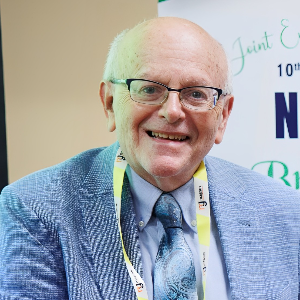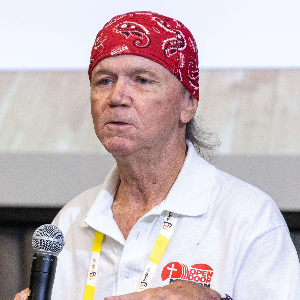Craving-Related Neural Activity in Substance Use
Cravings are a hallmark of addiction, driven by specific neural activity in regions like the prefrontal cortex and amygdala. These brain areas regulate decision-making, emotional processing, and the anticipation of rewards, all of which are hijacked by substance use. Cue-induced cravings occur when environmental triggers, such as seeing a drug-related object, activate these neural circuits, creating intense urges to use substances. Functional imaging studies reveal that cravings are associated with heightened activity in the brain’s reward system, while inhibitory control regions are suppressed. Understanding these mechanisms has led to innovative treatments like transcranial magnetic stimulation (TMS), which targets craving-related brain regions. Behavioral therapies, such as mindfulness-based relapse prevention, train individuals to manage cravings effectively. By addressing the neural basis of cravings, these approaches reduce relapse risks and empower individuals to sustain recovery.

Nile Stanley
University of North Florida, United States
Ann Marie Leonard Zabel
Curry College, United States
Edie Raether
NeuroShifts and Wings for Wishes Academy, United States
John Michael Weber
Open Door Mission in Houston Texas, United States
Owonaro Peter
Bayelsa State Drug Avuse Addiction Prevention and Rehabilitation Committee (BADAPARC), Nigeria
Sindu Padmanabhan
Bharathiar University, India




Title : Integrating bibliopoetry therapy and digital health technologies for inflammation management: A neuropsychosomatic perspective
Nile Stanley, University of North Florida, United States
Title : Evaluation of prevalence and pattern of tobacco use in yenagoa city in bayelsa state south of nigeria
Owonaro Peter, Bayelsa State Drug Avuse Addiction Prevention and Rehabilitation Committee (BADAPARC), Nigeria
Title : Engaging learners through gamification, creativity, and human-centered design
Tero Moliis, Versantium, United States
Title : Neuropharmacological and regulatory drivers of tianeptine misuse in the united states: A growing public health concern
Darcy Tocci, NSU College of Pharmacy, United States
Title : Awakening sovereignty within: Healing trauma, releasing codependency, and returning to self-trust
Whitney Walker, Mental Health Therapist/ Podcast Host, United States
Title : You can save a life: Real conversations, real solutions for suicide prevention
frank King, The Mental Health Comedian, LLC, United States